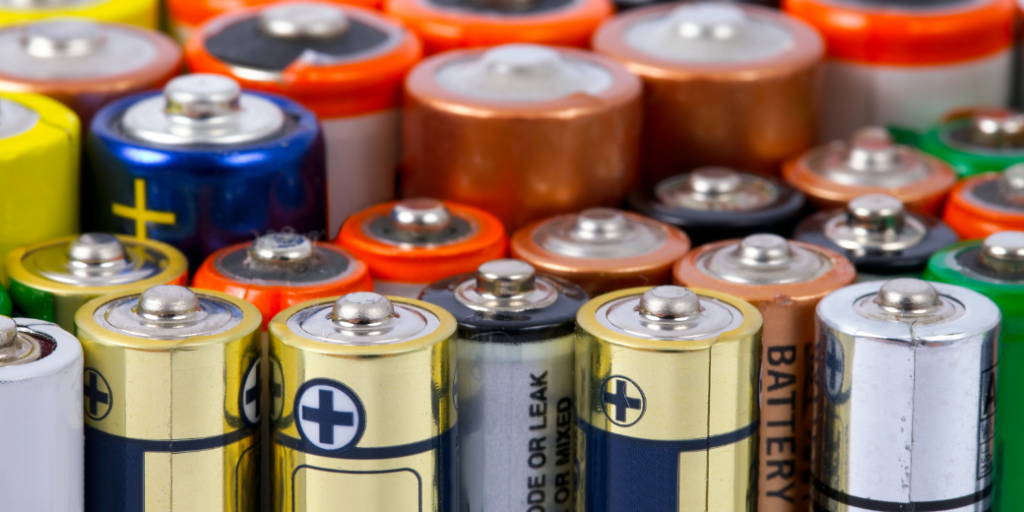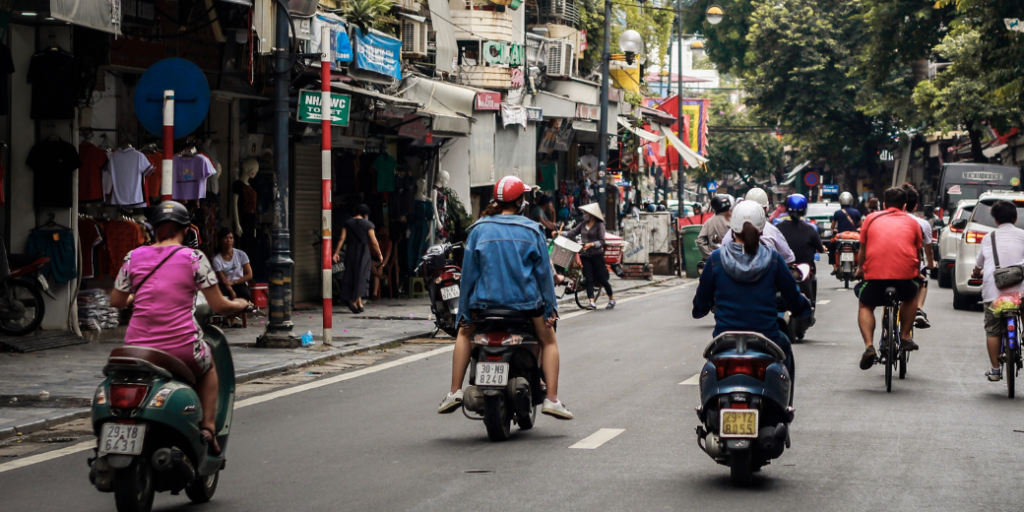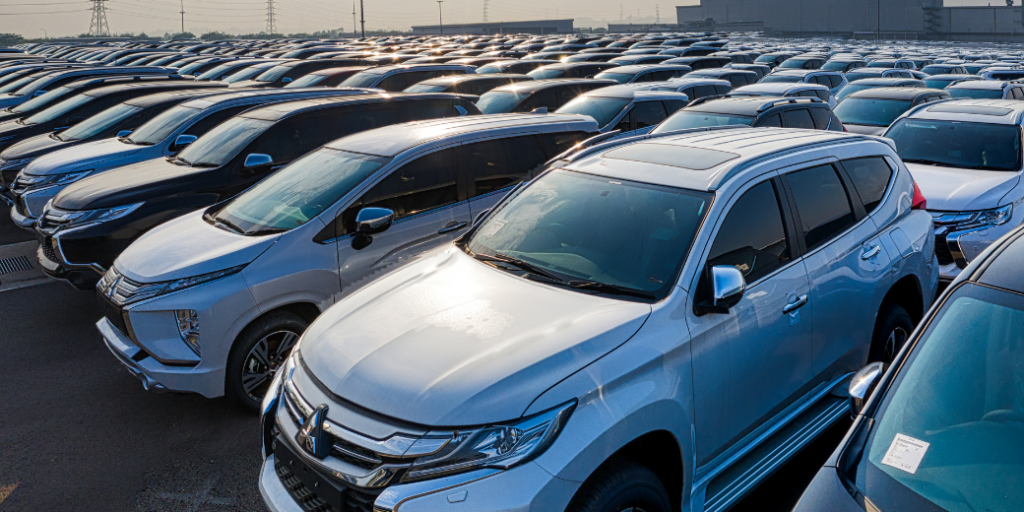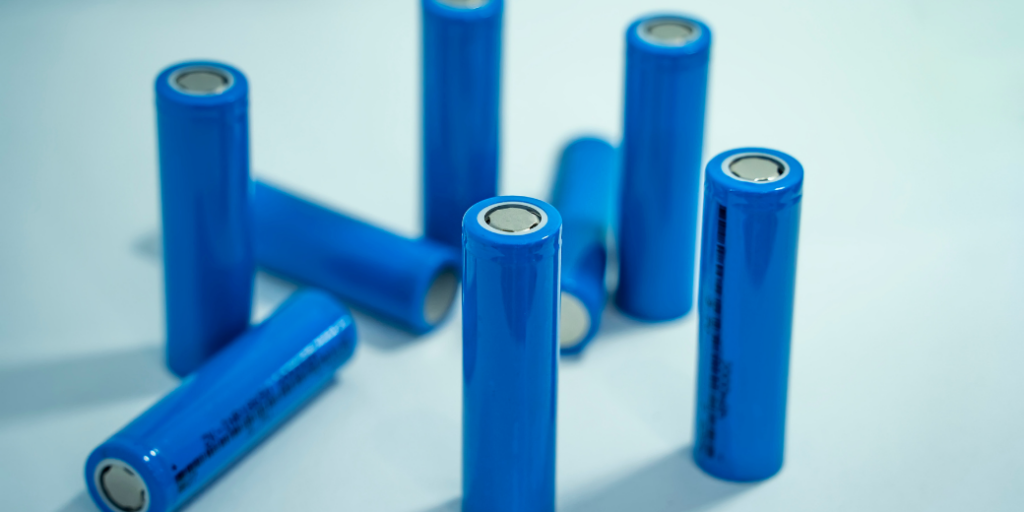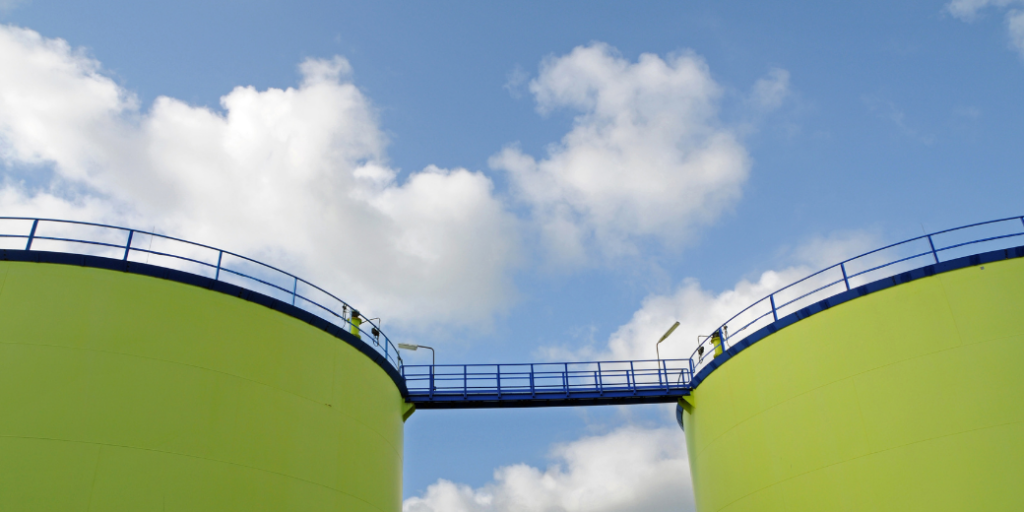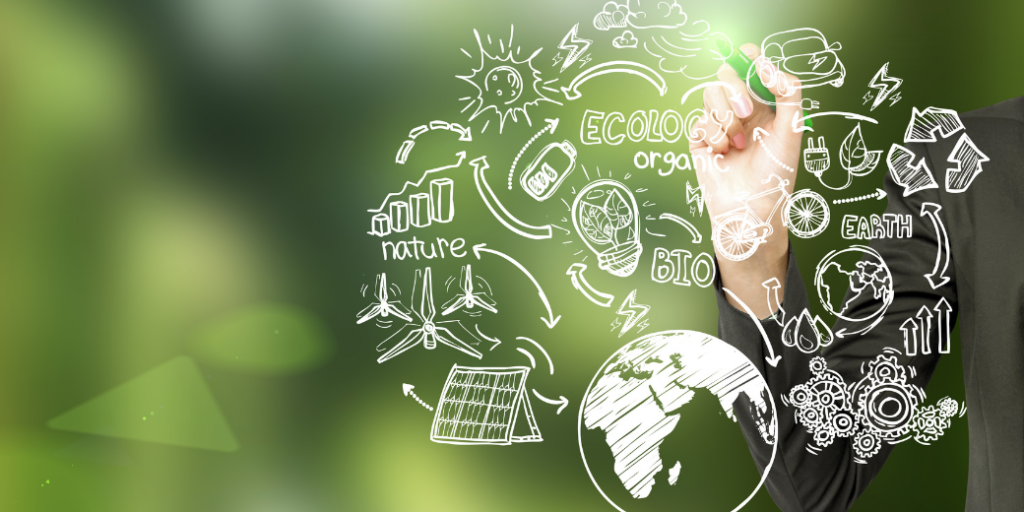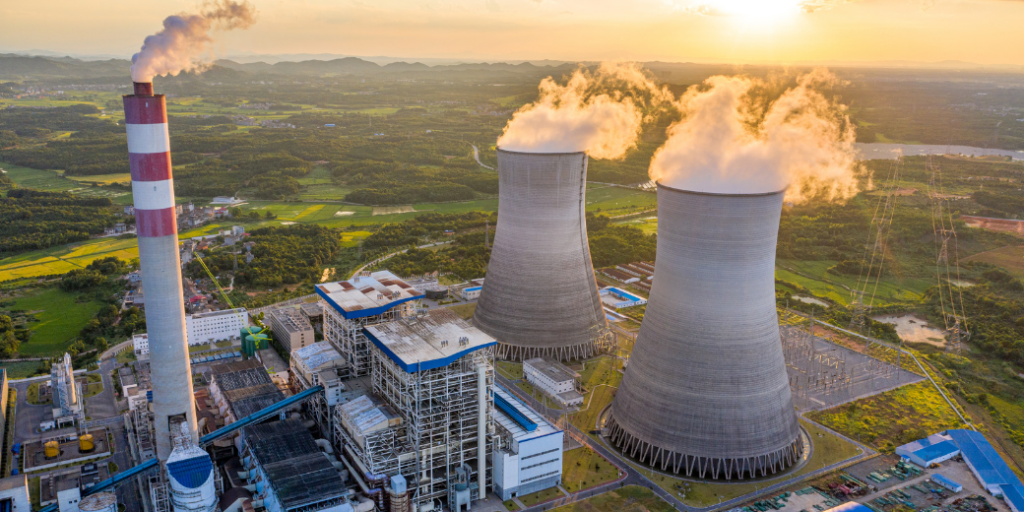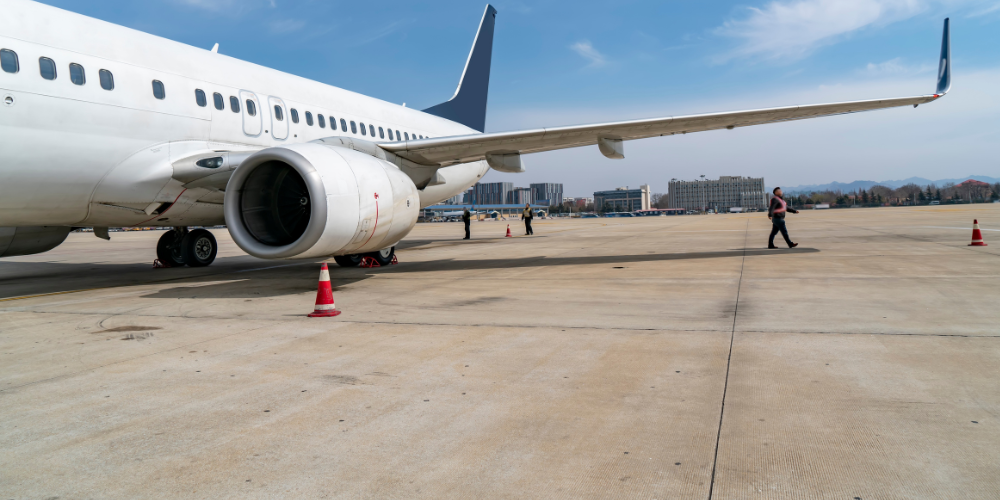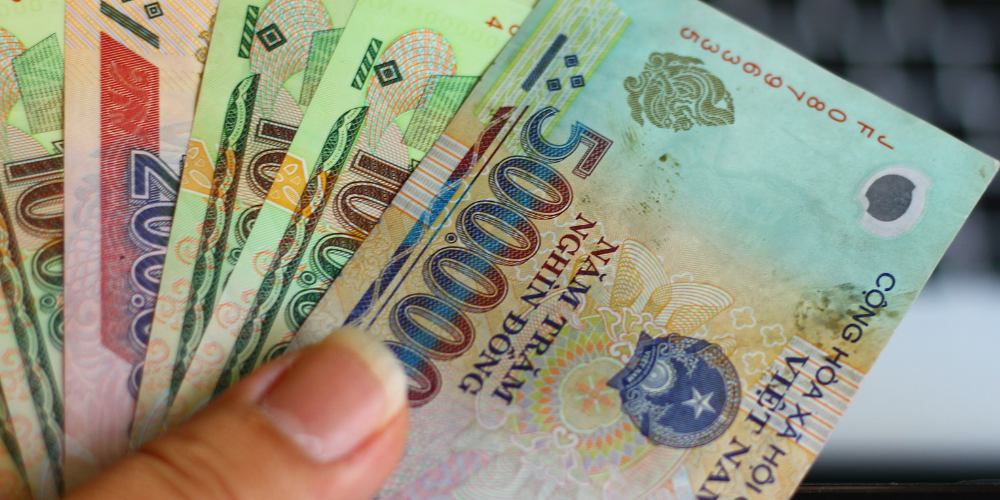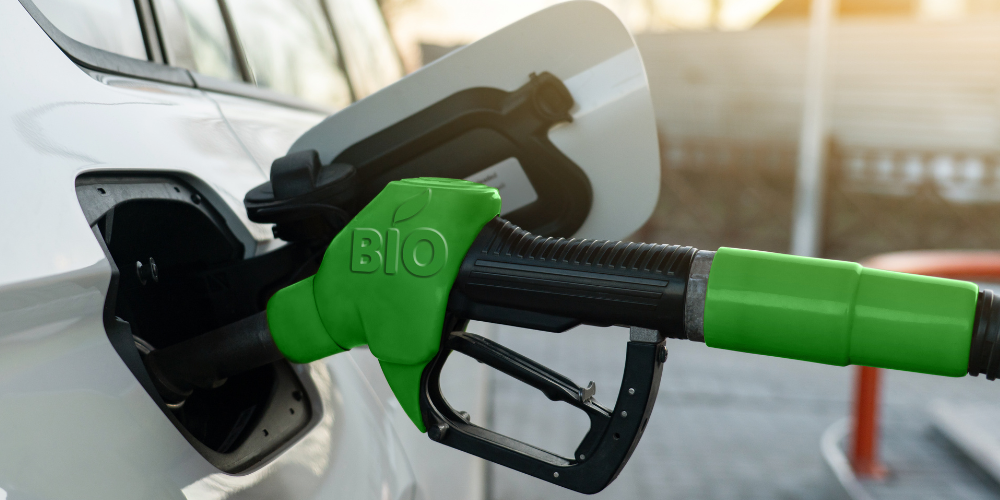Industry Reports
ASEAN Towards Sustainability

Summary
As global concerns about marine plastic pollution and climate change escalate, ASEAN countries are balancing rapid economic growth with the urgent need for comprehensive sustainability. Each region within ASEAN is implementing strategic initiatives to tackle these environmental challenges. The report delves into three key industry sectors – bioplastics, renewable energy, and the emerging technology of Carbon Capture, Utilisation, and Storage (CCUS) – to understand their evolving roles in the region’s journey towards sustainability.
Bioplastics in ASEAN
The term bioplastics refers to the plastic made from biomass sources, commonly from cassava, corn/maize, or sugarcane; the advantage of using biological material instead of petroleum-based especially for single-use applications is that bioplastics would decay over time and minimise damage to the planet. Categorised in two types: biodegradable, which decomposes naturally, and non-biodegradable, designed for durability. Bioplastics are not just innovative but essential in our shift towards sustainability. Derived from renewable sources, these materials mark a significant leap in material science. The transition from petroleum-based to bioplastics, particularly for single-use items, is crucial. It allows these materials to naturally decay, reducing long-term environmental impacts.
Why ASEAN Focuses on Bioplastics
The shift to bioplastics is urgent due to the region’s major role in marine plastic pollution. The ASEAN6 (Indonesia, Thailand, Vietnam, and the Philippines), along with China, contribute heavily to oceanic plastic waste. Indonesia ranks as the second-largest plastic polluter.
As a first line of defence, countries imposed taxes on plastic bags to reduce consumption, but this strategy proved impractical without viable alternatives. Now, regions are moving towards bioplastics, offering competitive and affordable options for consumers.
The growth of the bioplastic industry in ASEAN is driven by key supply and demand factors, signifying a sustainable transformation in the region.
- Raw material reserved for bioplastic production: ASEAN6 could leverage its advantage of having large raw material reserves for creating bioplastics, such as corn, sugarcane, palm oil, and cassava. Indonesia and Thailand are among the five countries in the world that contribute to 70% of global cassava production.
- Need for Alternatives for Fossil-Fuel-Based Chemicals: With the rising chemical prices, bioplastics from stable sources like Polylactic Acid (PLA, derived from cassava, corn, or sugarcane) have become economically attractive alternatives amid this shift.
- Low Recycle Rate: In ASEAN, most regions score below the global average in plastic recycling rates. Meanwhile, bioplastics’ existence is expected to bring another solution to the global plastic waste challenge, with the nature of biodegradable bioplastics enabling self-contained disposal.
- Low-Sunk Cost: Though expected to become an alternative to plastic, the bioplastic industry is still at a very nascent stage. The technology and production efficiency are expected to improve, and the cost of bioplastic resin production is also expected to decrease. Technological innovations also will bring bioplastic prices down even further and increase viability across a broader range of applications.
- High Acceptance of Bioplastic Products: Bioplastics are increasingly appealing to environmentally aware consumers. Acknowledging consumers’ perception of a bioplastic product’s value and environmental impact, engaging to change petroleum-based plastics with renewable or recycled materials can be a straightforward strategy to boost product demand.
- Corporate Social Responsibility (CSR) and Greenwashing by Big Consumer Goods Companies: The Bioplastic market is experiencing growth, driven by companies promoting bioplastics through eco-friendly packaging in extensive social care campaigns for both customer attention and stakeholder approval. Major consumer goods companies such as Procter & Gamble, Danone, and Unilever introduced bioplastic products as eco-friendly packaging for their green marketing campaigns.
Thailand Leads the ASEAN Bioplastic Market
Asia is projected to lead the surge in bioplastic production, showcasing the fastest market growth. Specifically for ASEAN, Thailand is leading the region, with a strong commitment to bioplastic manufacturing and waste management.
With a clear vision to be a bioplastic manufacturing hub, Thailand is supported by incentives like an 8-year corporate income tax (CIT) exemption for bioplastic projects and import duty exemptions for machinery. The country has abundant raw materials for bioplastics, such as cassava and sugarcane, facilitating a high production volume of PLA (using biomass resources). This achievement is bolstered by significant investments since 2015 and the early involvement of major players like Total Corbion, Corbion Purac, and PTT MCC.
Renewable energy in ASEAN
Renewable energy is generated from inexhaustible sources that are continually replenished, offering a sustainable alternative with limited CO2 emissions for power generation contributing to a cleaner and more sustainable energy landscape.
It includes diverse sources such as hydropower, wind, solar, biomass, geothermal energy, thermoelectricity, and underground thermal energy.
The Industry Grows Faster than the Global Average in Southeast Asia
The renewable energy landscape in Southeast Asia is still nascent. The energy market is growing due to increasing population, rising income levels, and economic development. Despite this, the region is still dominated by non-renewable sources, with coal and gas remaining as the primary energy sources. However, driven by energy security concerns and global climate targets, ASEAN is gradually shifting towards renewable energy, with each region setting ambitious renewable energy targets.
Renewable Energy Share of Total Electricity Capacity Compared to the World

Source: Compiled by SPEEDA. International Energy Agency (2019)
Boasting the richest hydropower resources, Laos is known as the ‘Battery of Southeast Asia,’ a status underscored by its significant increase in energy export capacity to countries like China, Vietnam, and Thailand. The renewable energy share of Laos’s energy capacity is the highest in the ASEAN region. However, given the country’s small size, Laos is the lowest in ASEAN when you look at the renewable energy generation volume.
Despite Laos’s high capacity, Vietnam emerges as the dominant player in ASEAN’s renewable energy, driven by its rapid economic growth and substantial hydro resources. With limited renewable resources and space constraints, Singapore remains the smallest market in the SEA renewable energy sector. The expected higher levelised cost of energy in Singapore suggests that imported renewable energy will be crucial for the country to meet its targets.
ASEAN’s Ambitious Renewable Energy Future Goals
While most SEA countries still rely on coal and gas for their energy needs, each region has set ambitious targets to transition to renewable energy methods. According to the International Renewable Energy Agency (IRENA), renewable energy generation in Southeast Asia experienced a rapid growth rate of 10% CAGR from 2010 to 2019, outpacing the global average.
Long-term Opportunity for ASEAN Renewable Energy Grid Integration
The International Energy Agency (IEA) forecasts that renewable energy will account for approximately 40% of the total installed capacity in ASEAN by 2040. This growth will be driven mainly by solar and wind capacity.
In light of this, further integrating power systems becomes crucial as increased adoption of renewable energy promises diverse benefits for all ASEAN member states (AMS).
The ASEAN Power Grid (APG) is poised to facilitate resource sharing across the region, ensuring a reliable power supply and cost-effective integration of renewable energy into the ASEAN power system. Power interconnection in ASEAN can make new markets accessible for resource-rich countries like Laos and provide power-hungry countries with more access to renewable energy.
While the concept originated around the same time, the Nordic countries have made more significant strides than ASEAN in establishing an integrated regional grid. So far, APG development has primarily involved bilateral agreements between state-owned utilities, with power trades under Power Purchase Agreements (PPAs) often limited to one-way or two-way exchanges.
Carbon Capture, Utilisation, and Storage
CCUS: A Key Strategy in Global Decarbonisation Efforts
Climate initiatives have yielded limited results so far, with global carbon emissions continuing to rise annually, partly due to emissions from fossil fuel-powered thermal power sources like oil, gas, and coal, as well as from industrial activities including steel, cement, and fertiliser production.
CCUS is a method to reduce CO2 emissions from such heavy emitters by capturing CO2 and either storing it deep underground or utilising it in various applications.
Experts believe that CCUS technology will be crucial in decarbonising the global economy over the next few decades to achieve zero carbon emissions.
The process starts with capturing carbon from large sources such as industrial facilities, including cement and fertiliser manufacturers, as well as from power plants using fossil fuels or biomass energy. The captured CO2 can then be used on-site or transported via pipelines, ships, rail, or trucks for a variety of applications, or it can be permanently stored in deep underground geological formations.
CCUS technology has gained popularity for its role in combating climate change by decarbonising both existing and future emission sources. CCUS technology finds commercial use in major pollutant industries, including remediating industrial wastes, enhancing oil recovery (EOR) by reusing captured CO2 to improve oil recovery rates, and producing low-carbon hydrogen, which generates minimal greenhouse gas emissions. Furthermore, CCUS is critical in decarbonising heavy industries and transport sectors, playing a significant role in the largest carbon-emitting industries like cement, concrete, iron, steel, oil, gas, and mining.
How Useful is CCUS?

Asia Pacific Emerging as a Powerhouse for CCUS Deployment
With governments in the region enhancing their planning and policies related to CCUS, Asia Pacific has around 10 commercial CCUS facilities in 2020 across the region, including Australia, China, Korea, the Middle East, and New Zealand, either operating or in various development stages. Also, other countries such as Singapore and Malaysia, have started establishing their CCUS strategies as part of their long-term climate change goals.
CCUS in ASEAN: Nascent, but Immense Potential
The region is poised to become a key hub for CCUS technology, driven by significant emissions from fossil fuel-based energy sources and a large potential for CO2 storage. Despite this potential, CCUS technology remains in its early stages, with limited implementation and readiness in most countries. Indonesia, with its underway Gundih project, is an exception.
The region’s new power plants and substantial industrial activities offer a strong potential for large-scale emission capture and storage, especially in geological formations in countries like Indonesia, Malaysia, and Brunei.
Indonesia is expected to lead in CCUS investment, given its substantial emission sources and ample domestic CO2 storage capacity. Additionally, ASEAN countries like Vietnam and Thailand, with their industrial emissions from sectors such as cement, iron, and steel manufacturing, are also significant potential markets for CCUS.
Although the technology is in its infancy as of early 2022, with limited commercial deployment, experts predict that ASEAN CCUS could achieve commercial viability post-2030. Realising this potential will require clear government policies, support from multilateral banks, and investment from early adopters.
Conclusion
The transition to bioplastics, bolstered by abundant raw materials, represents a significant step towards reducing marine pollution. Simultaneously, the surge in renewable energy, propelled by the need for sustainable power in the face of increasing demand, reflects ASEAN’s dedication to a greener future. Furthermore, the adoption of CCUS technology, albeit still emerging, showcases the region’s commitment to addressing industrial carbon emissions. Collectively, these initiatives underscore ASEAN’s journey towards environmental sustainability, highlighting the need for ongoing governmental support, innovative policies, and investment to achieve its sustainability goals.
With Speeda, you can delve deeper into the region’s journey to sustainability. Try out our free trial to explore our proprietary reports, prepared by our global analyst team.


